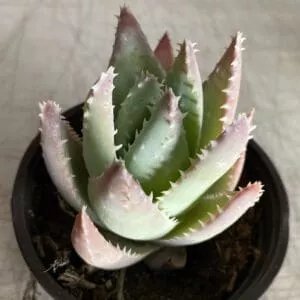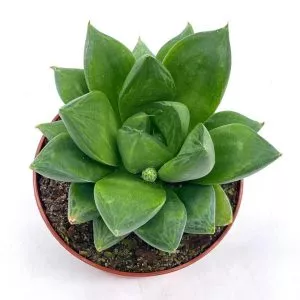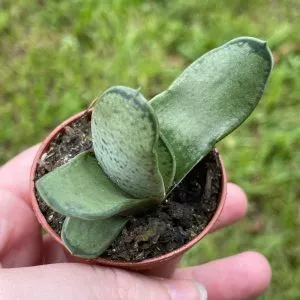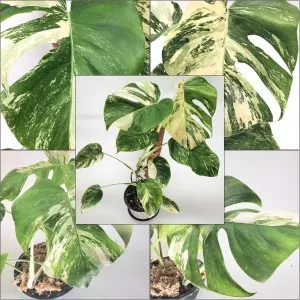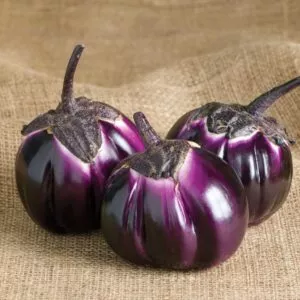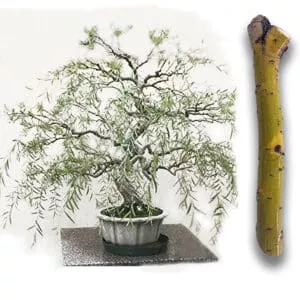No products in the cart.
Who does not enjoy munching on fresh carrots? We all do! Maybe you have tried to grow carrots yourself but found it tricky. The trick is to provide your carrot plant with soft and airy soil.
Today we will help you from preparing the ground to sowing carrot seeds and caring for this delicious vegetable.
More About Carrot Plants
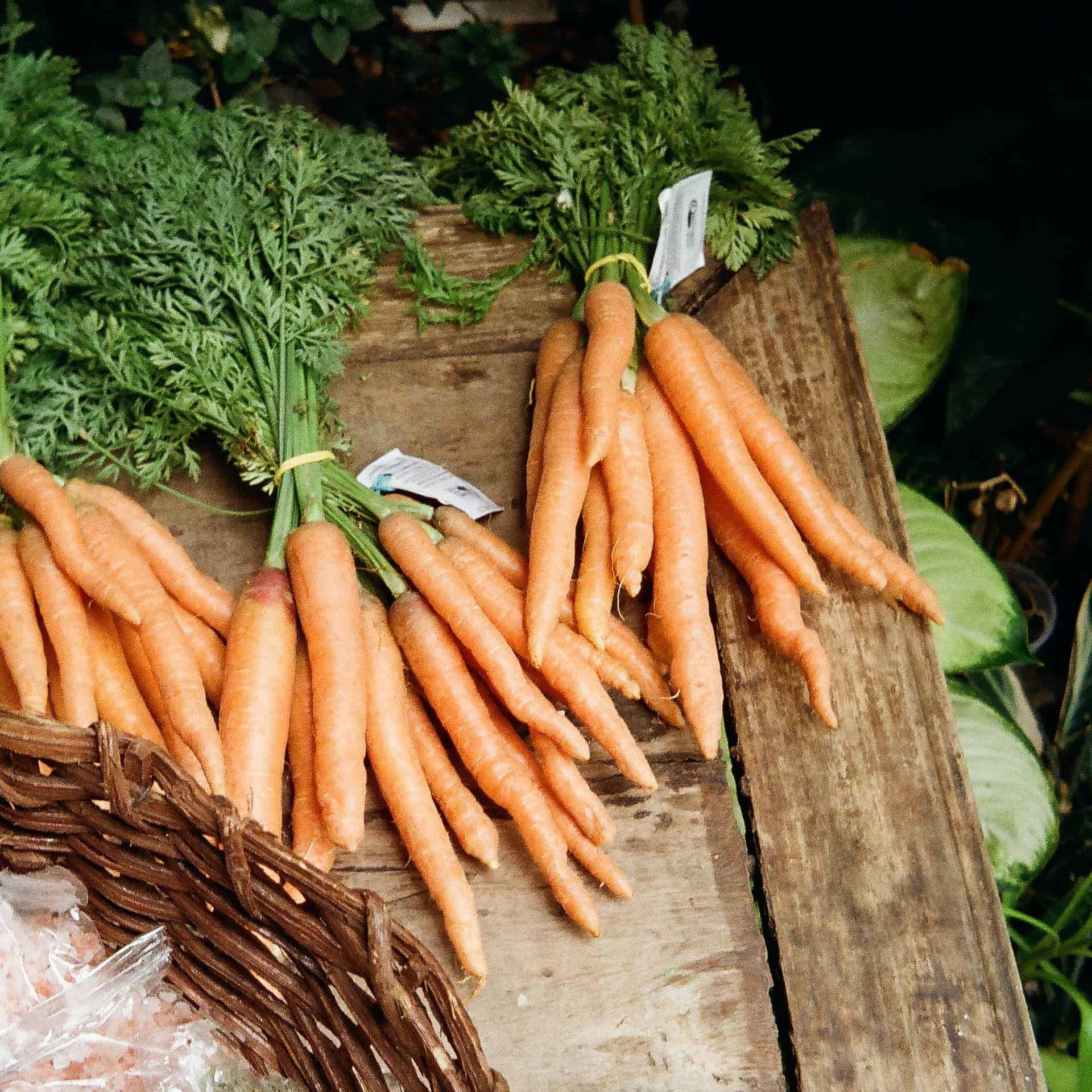
The carrot is a cool-season crop you grow in spring. You can enjoy them cooked or raw to provide you with vitamin A, and it adds color to any meal. In addition, the vegetable is sweet when homegrown.
The reason that most store-bought carrots start sweet and the longer it lies, the more you find fiber replacing the sweetness leaving a bitter taste. The best part is you can find different varieties of carrot seeds to grow.
You get the Belgium Whites to the Purple Dragon or a Parisian heirloom. Still, when you grow carrots, do not expect to get the grocery store straight in shape. Yet, growing carrots for many gardeners is difficult as carrot plants prefer airy and not heavy soil.
So, check out our planting guide that follows here.
Soil Preparation And Sowing Carrot Seeds

Planting carrots is best done in early spring, regardless of your carrot varieties. Another crucial thing is to find a spot with at least ten hours of sun.
Carrot roots need well-drained soil and can grow well in sandier soils. Still, if you have hard clay soil, you can always grow carrots in a raised bed up to 12 inches high. Or you can plant carrots seeds in containers.
So, you can grow carrots in large to small gardens and even pots on the patio.
When Should You Sow Seeds?
The recommended time to sow carrot seeds is about three weeks in cool weather before the last spring frost. Ideally, you want the soil to dry out and warm up after winter.
When soil temperatures reach about 40°F – 65°F, it provides speed germination, but when it exceeds 75°F, it reduces growth and will decrease the quality leaving a bitter flavor.
To enjoy a fall harvest, you can sow carrot seeds in mid to late summer, about ten weeks before the first frost in fall.
-
$25.99Sold By: Succulent Oasis
In stock
Medium Crocodile Aloe or Aloe Previfolia
Only 10 available and it’s in 1 people’s basketRated 4.84 out of 5 based on 352 customer ratings00Sold By: Succulent Oasis -
$12.99Sold By: BubbleBlooms
In stock
Watermelon Pilea Cadierei, Aluminum Plant, 4 inch
Rated 4.81 out of 5 based on 279 customer ratings00Sold By: BubbleBlooms -
Free Shipping$20.00Sold By: Blessed Family Farm
In stock
Live Basil Plant
Rated 4.82 out of 5 based on 22 customer ratings03Sold By: Blessed Family Farm -
$11.99Sold By: BubbleBlooms
In stock
Haworthia cymbiformis, Cathedral Widow, Rare Haworthia, 3 inch pot, well rooted
Rated 4.81 out of 5 based on 279 customer ratings00Sold By: BubbleBlooms
How Do You Grow Carrots
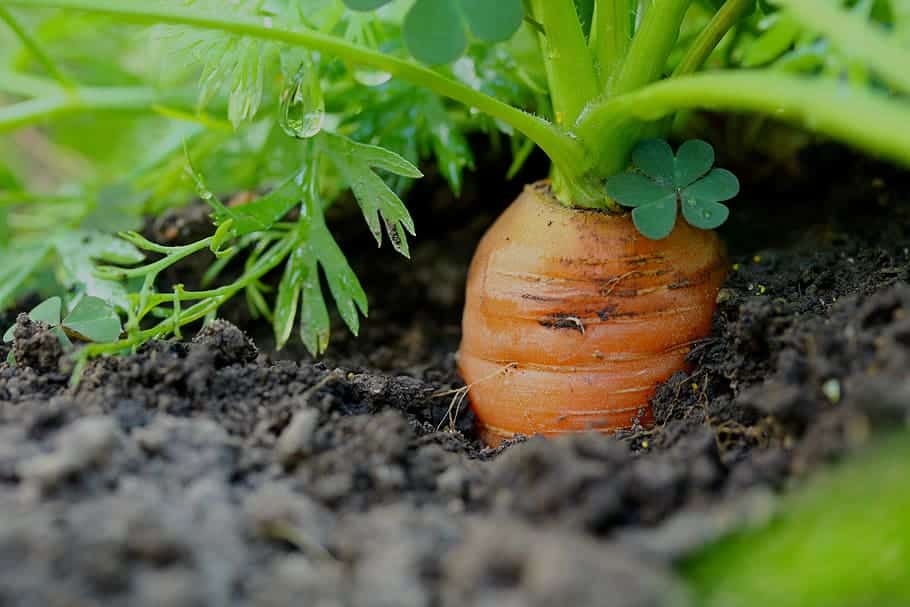
Before planting carrots, you need to till the ground to a depth of about 10 inches.
Make sure to remove plant debris, rocks, and soil clumps.
If you do not have loose soil, it helps to amend it with sandy topsoil and add the organic matter of about six inches.
Another important thing is to sow seeds directly in the garden instead of transplanting them as the roots growing do not like to be disturbed. This applies to container gardening to growing carrots in raised beds.
Sow new seeds about 1/4 inch deep and three inches apart in a row one foot apart.
Distribute the seed evenly to prevent them from growing together. The seed is tiny, and you can sow them too thick. Then cover lightly with soil.
Keep the soil moist using shallow watering as the carrot seeds germinate with a soft soil surface and should not form a hard crust. You can cover them with fine sand, compost, or vermiculite to prevent a crust from forming.
Carrots are slow to germinate, and you should notice carrot seedlings emerging in 21 days. If you want to minimize the crusting problem, it helps to grow radishes with your carrots. If you want to enjoy a continuous harvest of carrots, plant your carrots every four weeks in the mid-summer.
Growing Carrots in a Container Garden
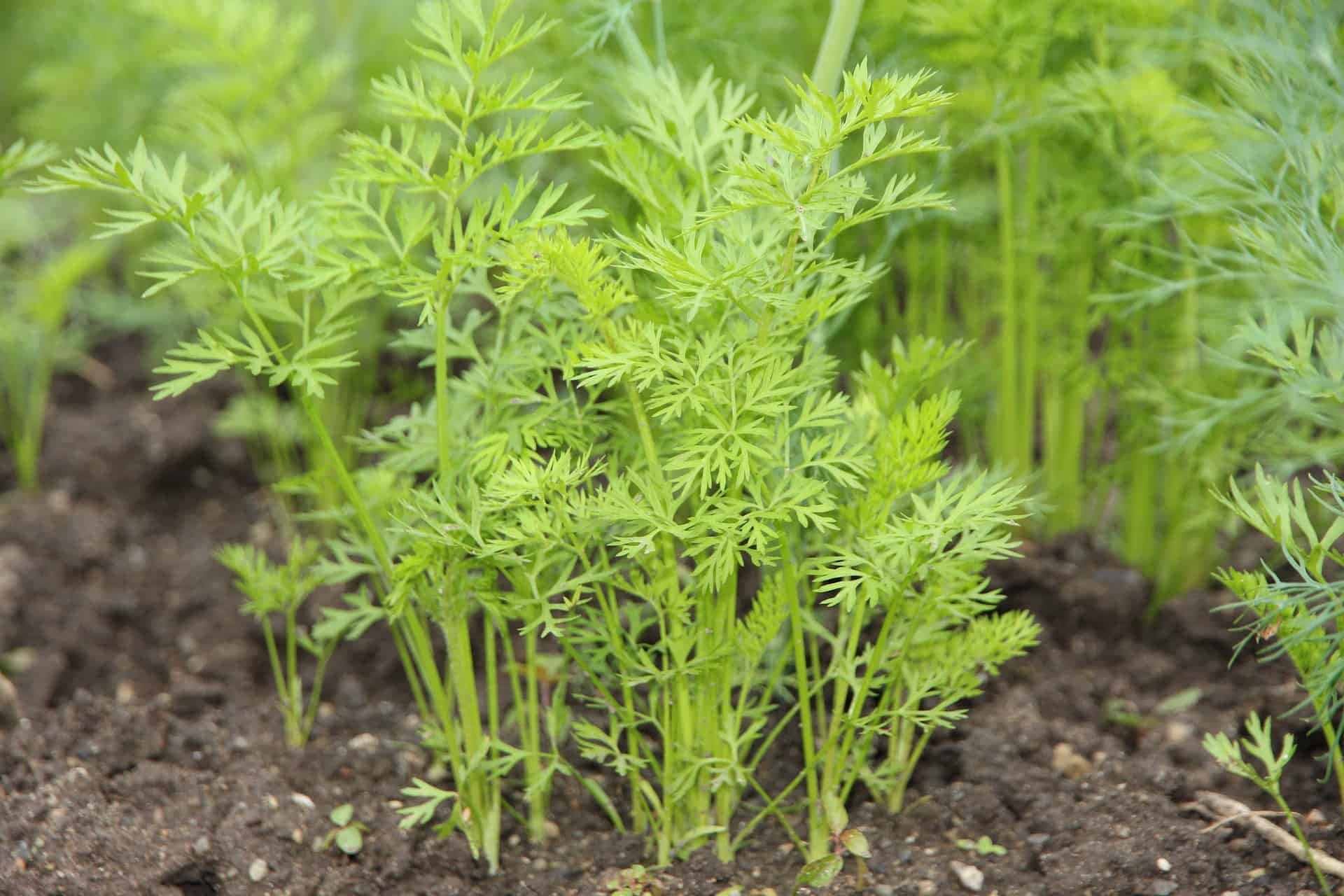
When you grow carrots in pots, you can form an ideal growing medium to help prevent pests like the carrot fly or carrot weevils from taking over your garden. You will need a pot that is at least 12 inches deep and needs to be very wide.
Prepare a container with one part potting mix and one part sand.
Sow the seed thinly over the soil surface and cover it with the potting mix.
Water and label your pot, and set the pot in a sunny position for the carrot seed to germinate.
Keep the soil cool and moist, and thin out the carrot seedlings a few inches apart once they sprout. When the carrot reaches a finger size, you can harvest them.
Benefits Growing Carrots

So, now that we have covered the basics of planting your carrots, why should you plant them? Well, we can give you loads of benefits why you should grow carrots:
You can grow carrots in most climates, even if they prefer cool temperatures. Still, the optimal growing season is spring, but you can also enjoy them in late fall.
You can enjoy carrots of any size, from thick to thin carrots. While a carrot can take up to 80 days to mature, you can pull them out of the ground after a couple of weeks. But, of course, the smaller your carrots, the tastier they are.
You can enjoy the whole carrot, from the carrot tops to the stems in your food. When you peel the carrot, you can add the skin to compost or keep it in the fridge to use as flavoring stock.
Carrots prefer slightly acidic soil that is well-aerated but easy to grow. With compact soil, you get poor carrot development.
The best of all is that carrots are packed with beneficial health benefits.
Caring for Carrots
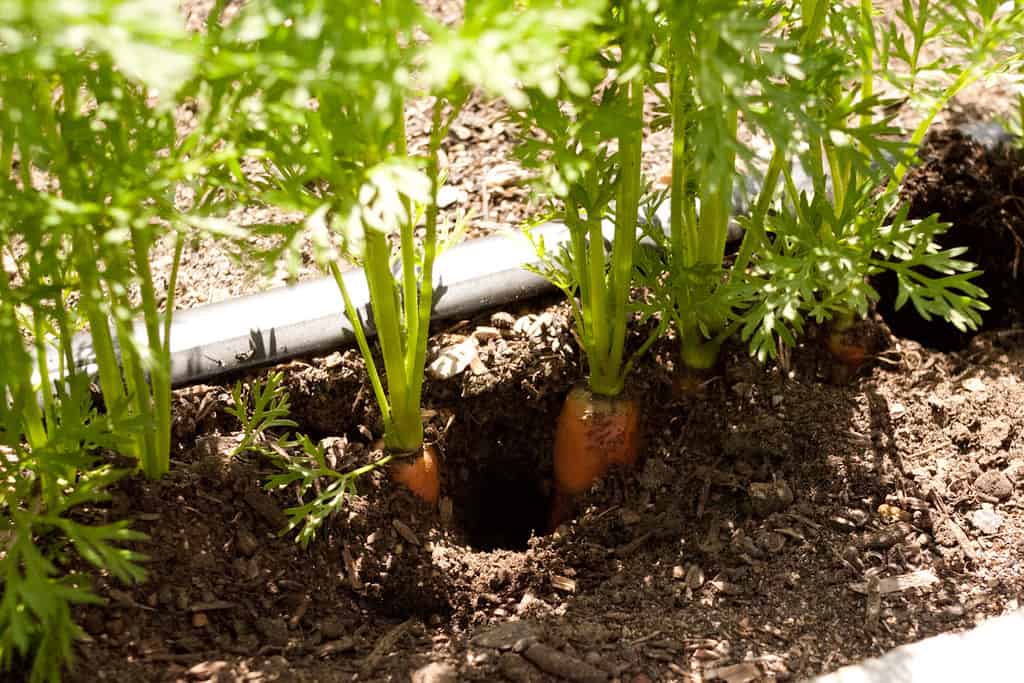 carrot vegetables @flickr
carrot vegetables @flickr
You can enjoy a huge harvest of carrots free from one packet of seed when you grow carrots. But as with any indoor or outdoor plant, you must provide them with the right growing conditions.
When Should You Water Your Carrot Seedlings
Before the seed can germinate, the soil must be kept moist by watering them daily, and best done with row covers.
Once your seedlings sprout, watering depends on how fast the moisture evaporates from the ground.
It also depends on the soil type and the weather. We recommend using the finger test or a moisture meter to know when to water your new carrots in the garden.
Lighting Exposure
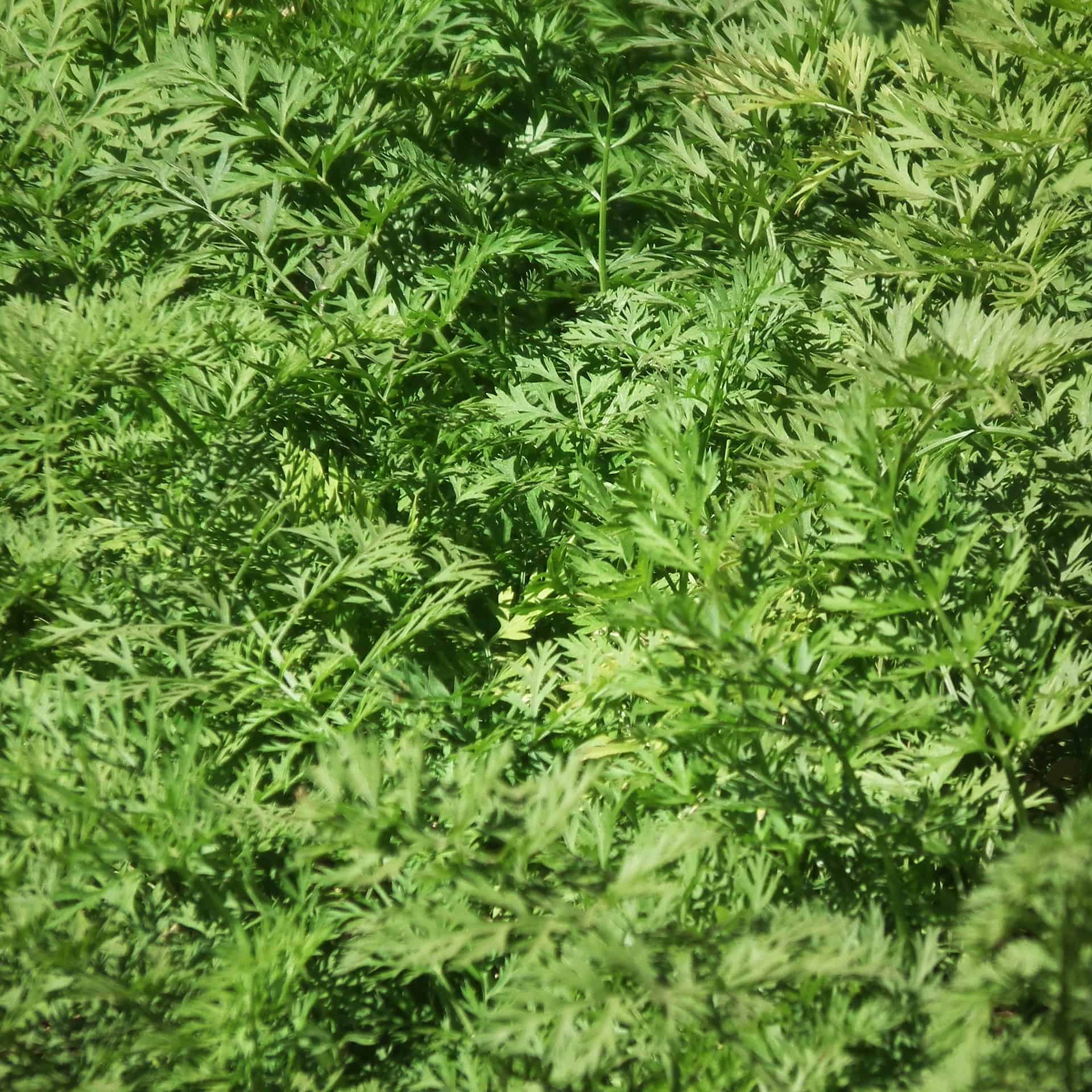
Even while the carrot roots grow underground, the foliage still needs full sun and can handle light shade. With enough light, it helps with root branching and also to produce seeds at a later stage.
When Should You Feed
When you plant carrots in soil not rich in nutrients, you can provide supplemental feeding two weeks after the carrot tops emerging. You can use an organic vegetable fertilizer but do not go overboard, as you want the roots to develop and not the foliage.
Temperature and Humidity Levels
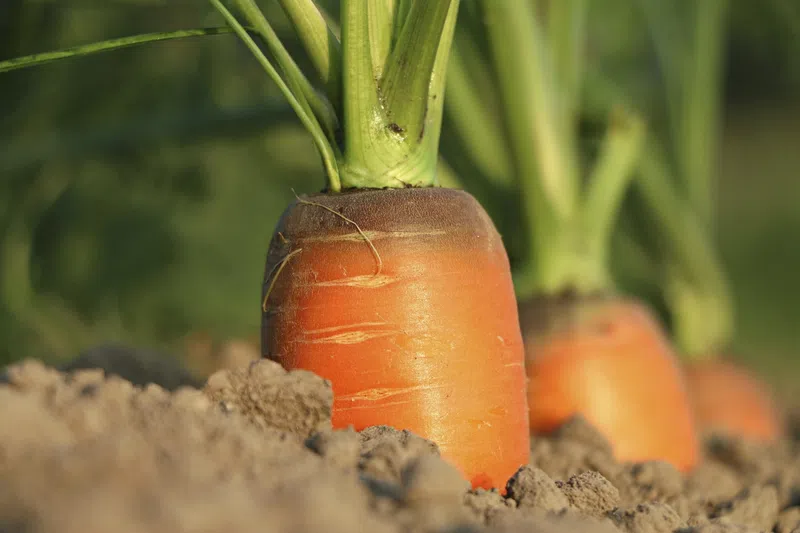
While carrots are tolerant to a light frost, they remain temperature sensitive. As a result, some varieties reach a peak flavor in cool temperatures, with others in warm weather.
Even when you plant carrots in too-cold soil, they might struggle to develop. Suitable temperatures are between 40°F – 65°F.
To help moderate temperatures, add a layer of mulch around them once they sprout.
How To Manage Pests and Diseases
Carrots are mostly bothered by the carrot rust fly, causing a rust color to yellow leaves. The fly lays its larvae underground that munches the roots and creating tunnels. Still, a study found that companion planting with the Welsh onion and dill helps prevent this pest from entering your garden.
How to Harvest Carrots
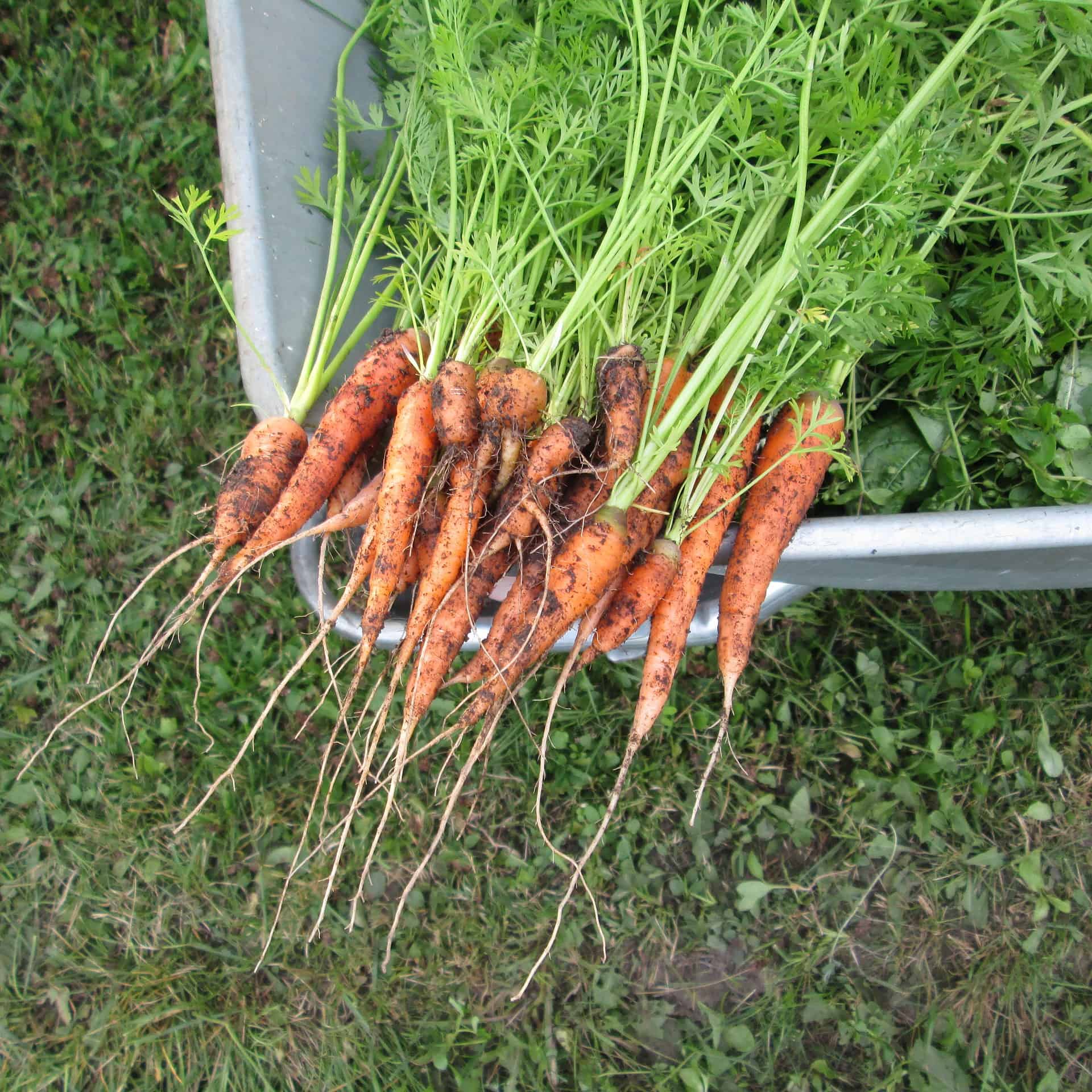
So, how do you know it is the right time to harvest carrots? The best way to know is to check around the roots at the width and the neck of the root. The first root will be ready two months after sowing.
Still, the smaller your carrots, the tastier they are. So, if a carrot is as wide as your thumb, they are ready to harvest. Then grip them firmly at the base of the foliage and twist them to lift them upwards gently.
For larger varieties, mostly sown in winter, you will need a fork to help lift them out of the ground. You can do harvesting of carrots in stages or when the roots reach full size. Spring and summer are the best time for harvesting carrots in the early mornings.
Another notable thing is that carrots are biennial, and when you leave them, the carrot flowers at the top produce seed. Then remove the tops about 1/2 an inch and scrub off all the dirt under cold water.
Seal the carrots in a bag to keep in the fridge, or leave the mature carrots in the soil if you do not have pests around or the ground freezes.
Recommended Carrot Varieties
You can find growing carrots relaxing planted with other vegetables. Still, you can find a rainbow of colors in different shapes and sizes.
Boleros are Pest and Disease Resistant Varieties
The carrot is slightly tapered, reaches up to eight inches, and is resistant to most pests and leaf blights.
Danvers Are Classic Heirlooms
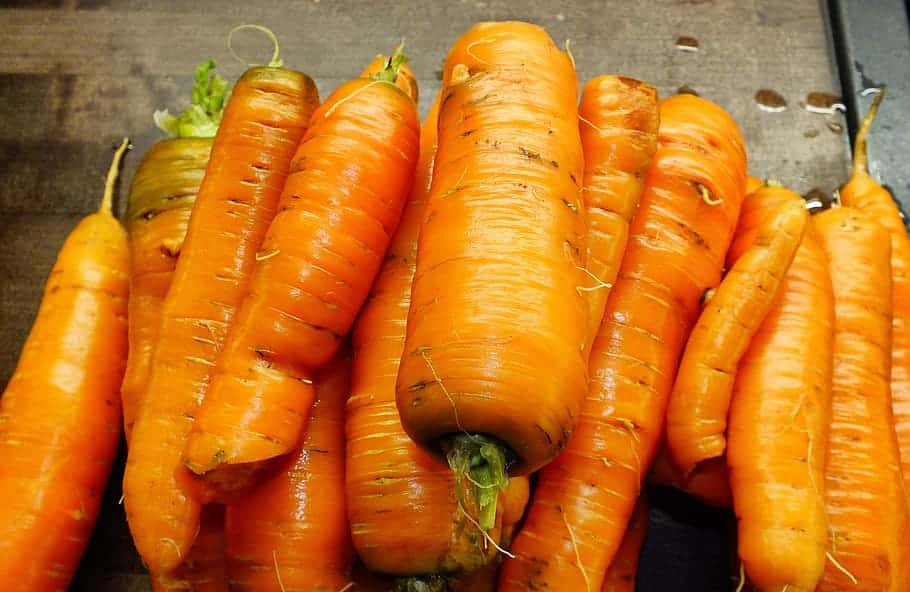
The carrot reaches up to eight inches long but has tapers found at the end with a dark orange color suitable for growing in clay soils.
Another Heirloom, Little Finger
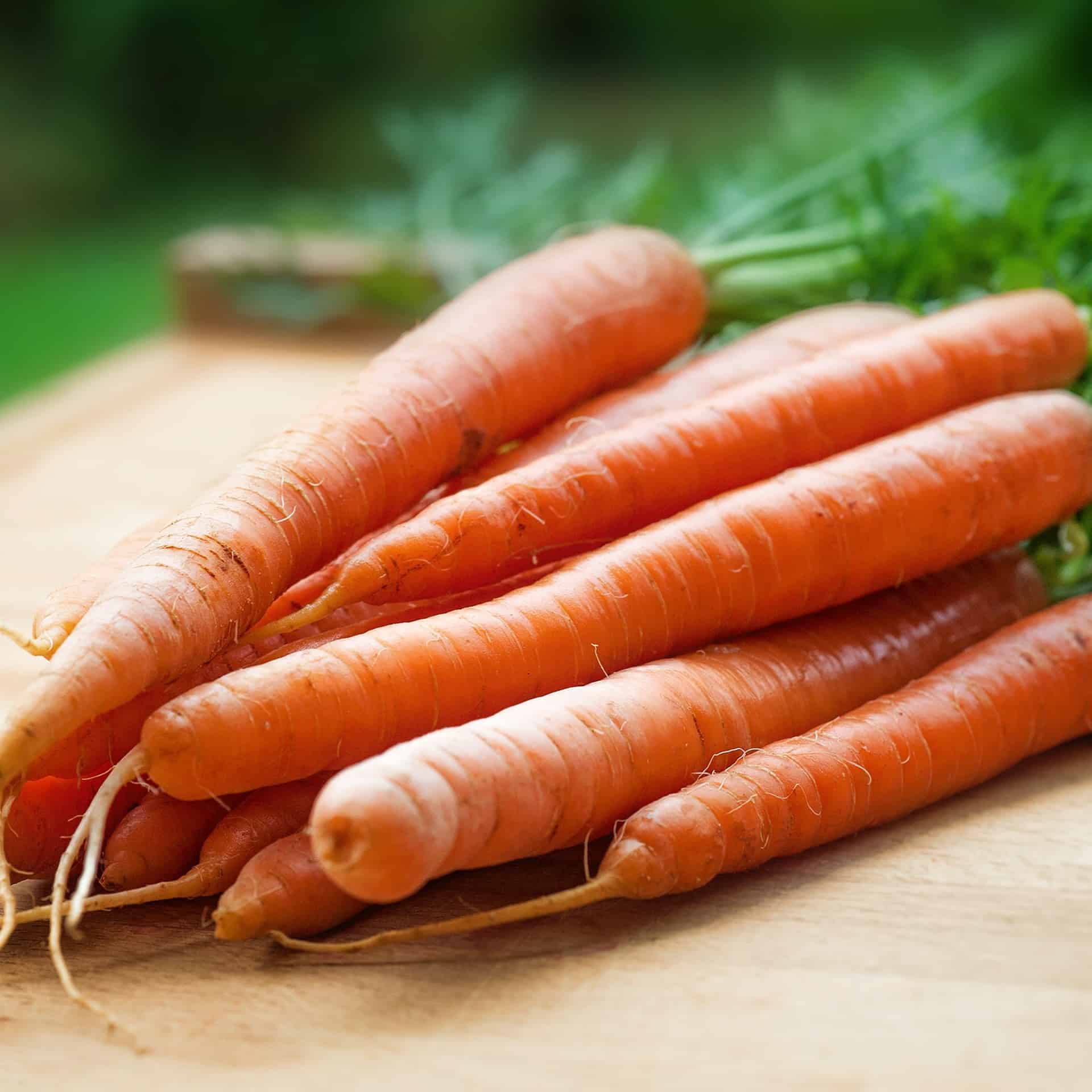
Little Finger is a small Nante-type carrot only four inches long and one inch thick suitable for growing in containers or flower beds.
Nantes Not Tapered
 nantes carrots @flickr
nantes carrots @flickr
The Nantes reaches seven inches long and has a cylindrical form. The carrot has a sweet taste with a crispy texture.
A Round Carrot Thumberline
 round carrot @flickr
round carrot @flickr
The Thumberline grows in clumpy or clay soil in the garden or a container.
Conclusion
As you can see, growing carrots is not too complicated. So, for harvesting carrots to enjoy the freshness in your food, why not check out our seed collection?
Provide them with airy soil to prevent poor-quality roots, and remember, carrots grow in shallow but not deep soil.
If you do not harvest carrots in time, leave the remaining plants to seed, providing enough carrots the following year to gather again.
Whether you want to buy, sell, or simply reach out to other plant enthusiasts, Plantly is the right place to be!
-
$5.99Sold By: BubbleBlooms
In stock
Gasteria pillansii, Varigated, no markings, smooth green color, very rare, limited, in a 2 inch pot super cute
Rated 4.81 out of 5 based on 279 customer ratings00Sold By: BubbleBlooms -
Free Shipping$140.00Sold By: The Magic Walnut Plant Shoppe
$365.00In stock
Monstera albo variegated, Top cuttings, Growers choice
Only 5 available and it’s in 1 people’s basketRated 4.17 out of 5 based on 294 customer ratings32Sold By: The Magic Walnut Plant Shoppe -
Free Shipping$8.96Sold By: CZ Grain
In stock
50 Barbarella Eggplant Seeds for Planting Non-GMO Exotic Eggplant
Rated 4.60 out of 5 based on 156 customer ratings00Sold By: CZ Grain -
Free Shipping$19.99Sold By: Twigz Nursery
In stock
Green Dwarf Australian Bonsai Willow Tree – Cutting Kit – Live Bonsai Tree
Only 999 available and it’s in 1 people’s basketRated 4.93 out of 5 based on 90 customer ratings17Sold By: Twigz Nursery
